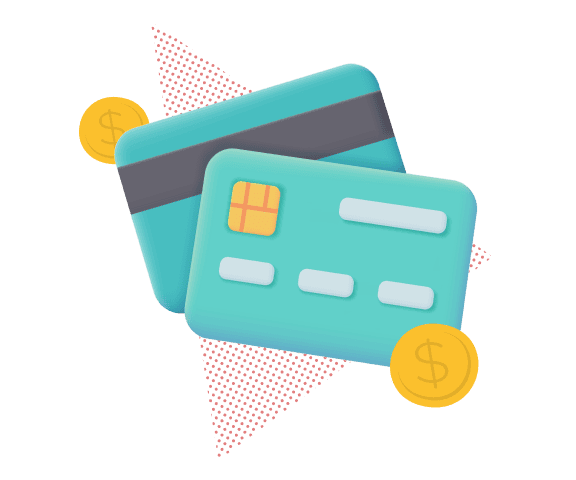Statement Balance vs. Current Balance: Why It Pays to Know the Difference
Updated: 22 May 2025
Understanding your credit card balances could be the key to avoiding interest charges and managing your finances better in Singapore.
Written bySingSaver Team
Team
The information on this page is for educational and informational purposes only and should not be considered financial or investment advice. While we review and compare financial products to help you find the best options, we do not provide personalised recommendations or investment advisory services. Always do your own research or consult a licensed financial professional before making any financial decisions.
Every month, your bank sends you a credit card statement with figures that might seem similar, but they aren’t. Among these are your statement balance and your current balance.
They might look like two sides of the same coin, but knowing how they differ can help you stay out of debt, build a better credit score, and avoid unnecessary interest. This guide breaks down the differences between the two and offers tips to help you make smarter financial decisions.
» LEARN : How to read your credit card statement
What is a statement balance?
Your statement balance is the total amount you owed at the end of your last billing cycle.
Let’s say your billing cycle runs from 1 to 30 March. On 31 March, your bank issues your statement showing all the purchases, payments, and fees during that period. The total due is your statement balance.
In Singapore, billing cycles are typically monthly, and you can easily track them via your digibank apps. Your statement will also include a payment due date, usually 20 to 25 days after the cycle ends. In this case, your due date might be 20 April.
If you pay this full amount by the due date, you’ll avoid any interest charges. But if you only pay the minimum amount due, interest will kick in on the remaining balance, and it adds up fast, especially on high-interest cards.
What is a current balance?
Unlike your statement balance, your current balance shows how much you owe in real-time, including recent purchases and pending charges since your last statement.
Say your statement balance is S$500, but then you spend another S$200 after the cycle ends. Your current balance now reads S$700.
This number fluctuates daily and includes:
-
New purchases
-
Reversals or refunds
-
Interest charges (if any)
-
Late fees or foreign transaction fees
-
Pending or pre-authorised transactions (e.g. hotel bookings, Grab rides)
If you’re using your credit card regularly, your current balance will almost always be higher than your statement balance.
» More : 3 Valuable tips for first-time credit card owners
Which balance helps your wallet and your credit score?
The short answer: Aim to pay your statement balance in full by the due date.
Doing so helps you avoid interest charges and keep your finances in check. But there’s more to it; your credit card balance also plays a role in shaping your credit score, especially in Singapore, where scores are managed by Credit Bureau Singapore (CBS).
Here’s how each payment option plays out:
Scenario 1: You can afford to pay in full
Pay the statement balance.
This is the gold standard. Paying the full statement balance by the due date means you won’t be charged interest—and you’re demonstrating responsible repayment behaviour that helps improve your credit score.
Scenario 2: You want to clear everything you owe
Pay the current balance.
Paying off your current balance wipes the slate clean, including all new charges made after the last billing cycle. It’s not necessary to do this to avoid interest, but if you’re prepping for a big purchase or prefer zero debt, it’s a smart move.
Scenario 3: You’re tight on funds
Pay the minimum balance.
It’s not the best option, but it’ll keep you from being hit with late fees. Just keep in mind that interest will continue to build on whatever you don’t pay off; and if your balance stays high, it could raise your credit utilisation ratio, which may negatively affect your credit score over time.
The best credit cards for mobile wallet payments in Singapore
Tap, pay, and earn rewards without missing a beat. We’ve rounded up the top credit cards that supercharge your mobile wallet spending
About the author
SingSaver Team
At SingSaver, we make personal finance accessible with easy to understand personal finance reads, tools and money hacks that simplify all of life’s financial decisions for you.
